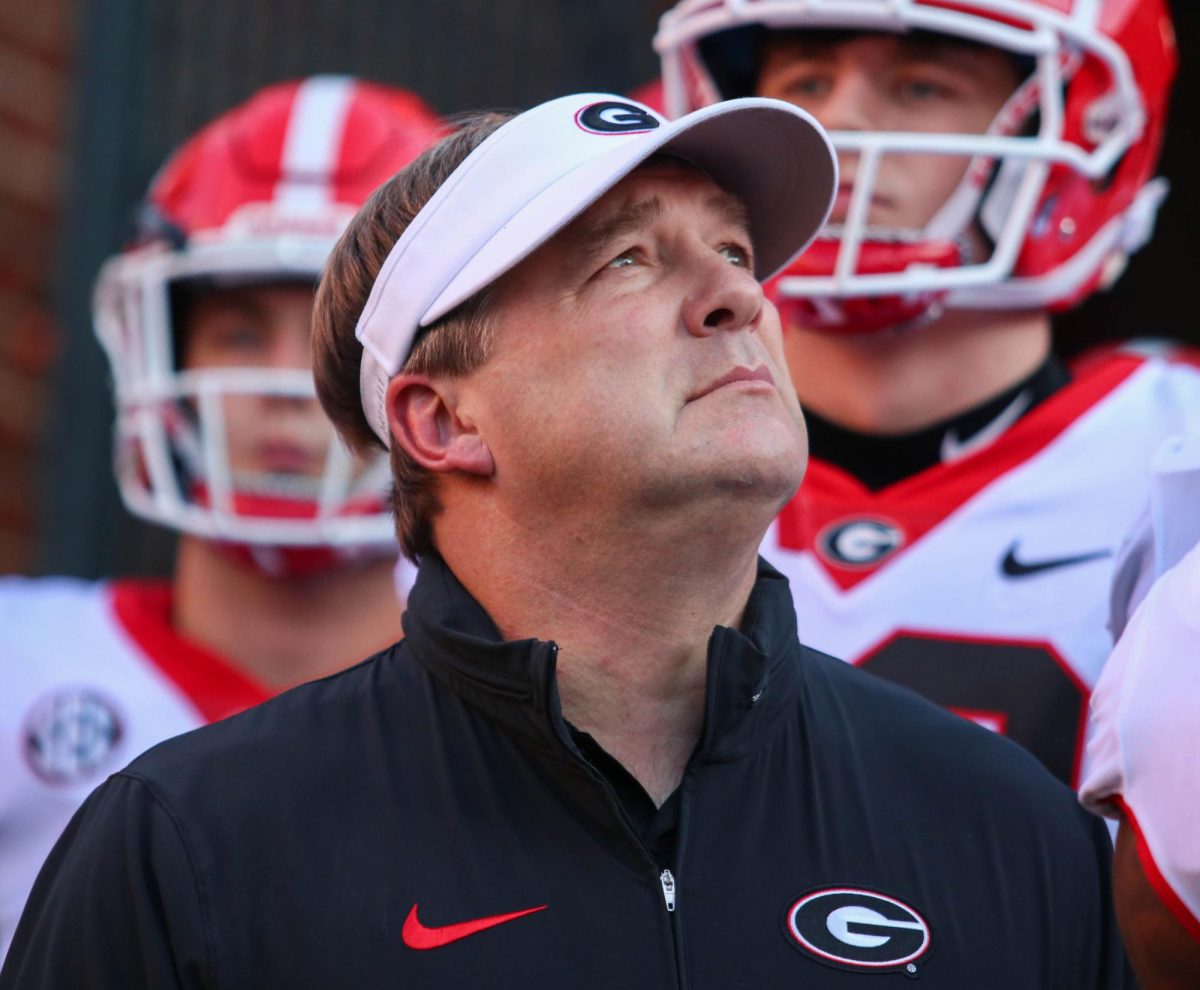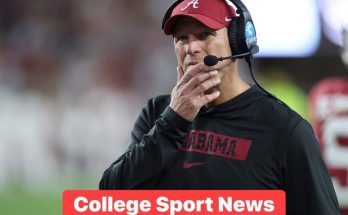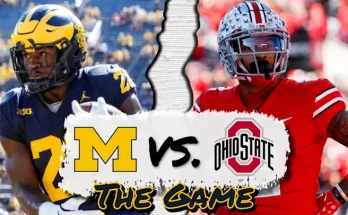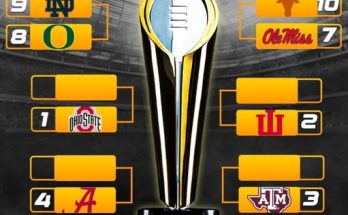In the evolving landscape of college athletics, the introduction of Name, Image, and Likeness (NIL) rights has significantly transformed the dynamics of recruitment and competition. Recently, insiders from the Atlantic Coast Conference (ACC) and the Southeastern Conference (SEC) have shed light on a substantial financial advantage held by Georgia Bulldogs’ head coach, Kirby Smart. This advantage, estimated at $193 million, has raised concerns about fairness and equity among Football Bowl Subdivision (FBS) coaches.
The Genesis of NIL in College Athletics
The NCAA’s adoption of NIL policies in July 2021 marked a pivotal shift, allowing collegiate athletes to monetize their personal brands. This change aimed to provide athletes with opportunities to benefit financially from their talents and recognition. However, it also introduced complexities, particularly concerning disparities in resources among programs.
Kirby Smart’s Strategic Utilization of NIL
Under Kirby Smart’s leadership, the University of Georgia has adeptly navigated the NIL terrain. Reports indicate that 95 Georgia players have secured NIL deals through the school’s primary collective, Classic City Collective. Notably, the program boasts some of the highest-paid athletes in their respective positions, including defensive linemen, cornerbacks, and tight ends.
Smart’s approach to NIL is both strategic and disciplined. He emphasizes meritocracy, ensuring that compensation aligns with players’ contributions and experience. “You don’t come in and make more money than starters,” Smart stated. “You earn what you get.”
The $193 Million Advantage: A Closer Examination
The revelation of a $193 million advantage has its roots in the substantial financial backing and resources available to Georgia’s football program. This figure encompasses various elements, including:
- NIL Deals and Collectives: The establishment of collectives like Classic City Collective plays a crucial role in facilitating and managing NIL deals for athletes. These organizations often pool resources from boosters, alumni, and corporate sponsors to support athletes’ financial endeavors.
- State Legislation and Tax Incentives: Recent legislative efforts, such as the proposed “Kirby Smart bill” in the Georgia Senate, aim to exempt college athletes from state income tax on their NIL earnings. Such measures enhance the attractiveness of programs like Georgia’s by allowing athletes to retain a larger portion of their earnings.
- Program Success and Marketability: Georgia’s recent national championship has elevated the program’s profile, making its athletes more marketable and, consequently, more likely to secure lucrative NIL deals.
Implications for Competitive Balance
The significant financial advantage held by programs like Georgia raises concerns about maintaining competitive balance within college football. Coaches from other conferences have expressed apprehension that disparities in NIL resources could lead to a landscape dominated by a few well-resourced programs, leaving others at a disadvantage.
Nick Saban, head coach of the Alabama Crimson Tide, has voiced concerns about the potential for a divide between “the haves and have-nots” in college football due to NIL disparities. He advocates for increased regulation to ensure a level playing field.
The Role of State Legislation
State governments are increasingly recognizing the impact of NIL on collegiate athletics and are enacting legislation to support their programs. The proposed “Kirby Smart bill” in Georgia is a prime example, aiming to provide tax exemptions for athletes’ NIL earnings, thereby enhancing the state’s programs’ competitiveness.
Kirby Smart’s Perspective on NIL
Despite the advantages, Smart remains cautious about the potential pitfalls of NIL. He emphasizes the importance of managing expectations and ensuring that NIL opportunities do not disrupt team dynamics or players’ focus. “Some people are willing to spend beyond their ability,” Smart noted, highlighting the need for sustainable practices in NIL engagements.
Looking Ahead: The Future of NIL in College Football
As NIL continues to evolve, the landscape of college football will likely see further shifts. Programs with substantial resources and strategic approaches to NIL will continue to attract top talent, potentially widening the gap between elite programs and others.
To maintain competitive balance, there may be a need for standardized regulations governing NIL deals, ensuring that all programs operate on a level playing field. Additionally, fostering transparency in NIL dealings and promoting financial literacy among athletes will be crucial steps in navigating this new era of college athletics.
The Broader Impact of Georgia’s NIL Dominance
While Kirby Smart’s $193 million NIL advantage is a hot topic, its impact extends far beyond Georgia’s football program. This shift in power dynamics affects recruiting, player retention, and the overall financial ecosystem of college football.
Recruiting: The Game-Changer in College Football
Recruiting has always been the lifeblood of successful college football programs, and NIL has added a new dimension to this competition. Programs with substantial NIL funding can attract elite high school prospects and retain top talent, creating a distinct advantage.
For Georgia, NIL collectives such as Classic City Collective serve as a magnet for the nation’s top recruits. The promise of financial opportunities coupled with the chance to play for a championship-caliber program makes Georgia an enticing destination.
Examples of NIL’s Role in Recruiting
- Five-star prospects now consider NIL collectives as a major factor in their college decisions.
- Georgia has successfully landed top-tier talent, such as quarterback Dylan Raiola, partly due to NIL opportunities.
- Recruits recognize Georgia as a program where they can maximize both their on-field potential and their marketability.
Retention of Star Players: Keeping Talent in Athens
Before the NIL era, elite college players often left early for the NFL Draft to secure financial stability. With NIL earnings reaching millions, many players now opt to stay in college longer, strengthening programs like Georgia.
For example, star tight end Brock Bowers remained with the Bulldogs rather than declaring early for the NFL. Reports suggest that his NIL valuation played a role in his decision, allowing Georgia to retain a key offensive weapon.
Contrast this with smaller programs struggling to retain their top athletes, as players often transfer to NIL-rich schools. The transfer portal, combined with NIL deals, further amplifies Georgia’s advantage, making it a powerhouse not just in recruiting but also in player retention.
SEC and ACC Coaches React to Georgia’s NIL Supremacy
The revelations about Georgia’s NIL dominance have stirred reactions across the SEC and ACC. Many coaches have expressed concerns about an unbalanced playing field, arguing that schools with the largest NIL collectives will dominate.
Nick Saban (Alabama)
Saban, who has long been an advocate for regulation, recently reiterated his concerns about NIL disparities. He warned that college football is heading toward a system where only a handful of programs—those with the deepest NIL pockets—can realistically compete for national championships.
Dabo Swinney (Clemson)
Clemson’s head coach, Dabo Swinney, has been vocal about his skepticism toward NIL. While Clemson has embraced NIL initiatives, it does not have the financial power of Georgia’s collectives. Swinney believes that NIL should focus more on rewarding development rather than being used as an upfront recruiting tool.
Lane Kiffin (Ole Miss)
Ole Miss head coach Lane Kiffin has been one of the most outspoken critics of NIL’s current structure. He has called the new system “pay-for-play” and suggested that schools like Georgia are simply outspending everyone else.
Is There a Path Toward Regulation?
The debate over NIL regulation is heating up as more programs recognize the growing divide between elite programs like Georgia and the rest of college football. Some potential solutions being discussed include:
- A Salary Cap for NIL Collectives
- Some insiders propose limiting how much NIL collectives can spend per year to prevent unfair advantages.
- Revenue Sharing Among Conferences
- A model similar to the NFL, where revenue is shared to create competitive balance, could be explored.
- Federal NIL Legislation
- Lawmakers are discussing the possibility of creating federal NIL guidelines to prevent state-to-state disparities.
The Future of NIL and Georgia’s Continued Dominance
With a $193 million advantage, Kirby Smart and the Georgia Bulldogs are not just leading in recruiting but also setting the standard for NIL success. As long as Georgia’s NIL system remains strong, the Bulldogs will be a perennial powerhouse.
However, if college football implements stricter NIL regulations, Georgia’s advantage may diminish. Until then, the Bulldogs will continue to leverage their resources to build a dynasty.
Final Thoughts: The Unfair Advantage That Changed College Football
Kirby Smart’s NIL strategy has placed Georgia at the forefront of college football’s new era. Whether this advantage remains sustainable or prompts regulatory changes, one thing is clear—Georgia is shaping the future of NIL-driven college athletics.
With other SEC and ACC programs attempting to catch up, the landscape of college football is undergoing its most significant transformation in decades. Will Georgia’s dominance continue, or will regulation level the playing field? That remains to be seen.
In conclusion, while the $193 million advantage held by Kirby Smart and the Georgia Bulldogs underscores the transformative power of NIL in college football, it also highlights the challenges and disparities that accompany this new paradigm. As the sport continues to adapt, stakeholders must work collaboratively to ensure that the benefits of NIL are realized equitably across the collegiate athletic landscape.



